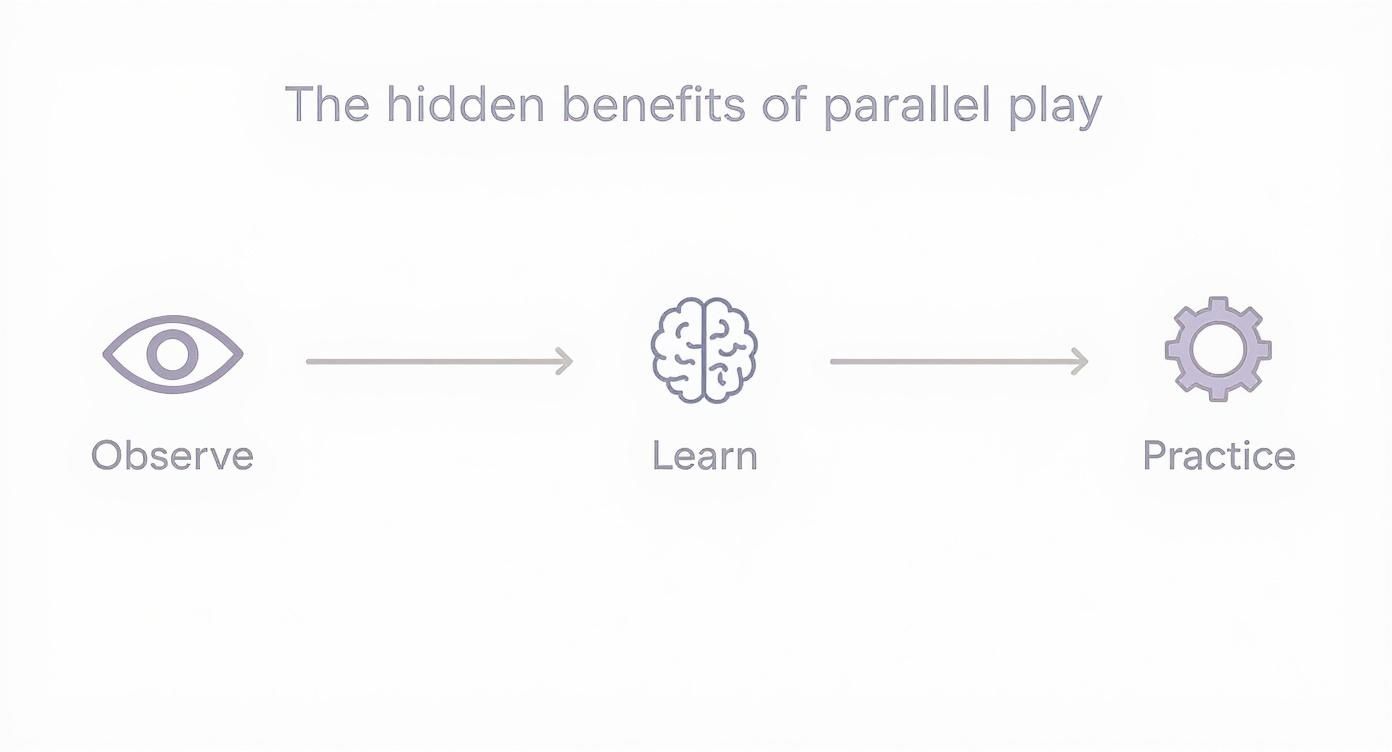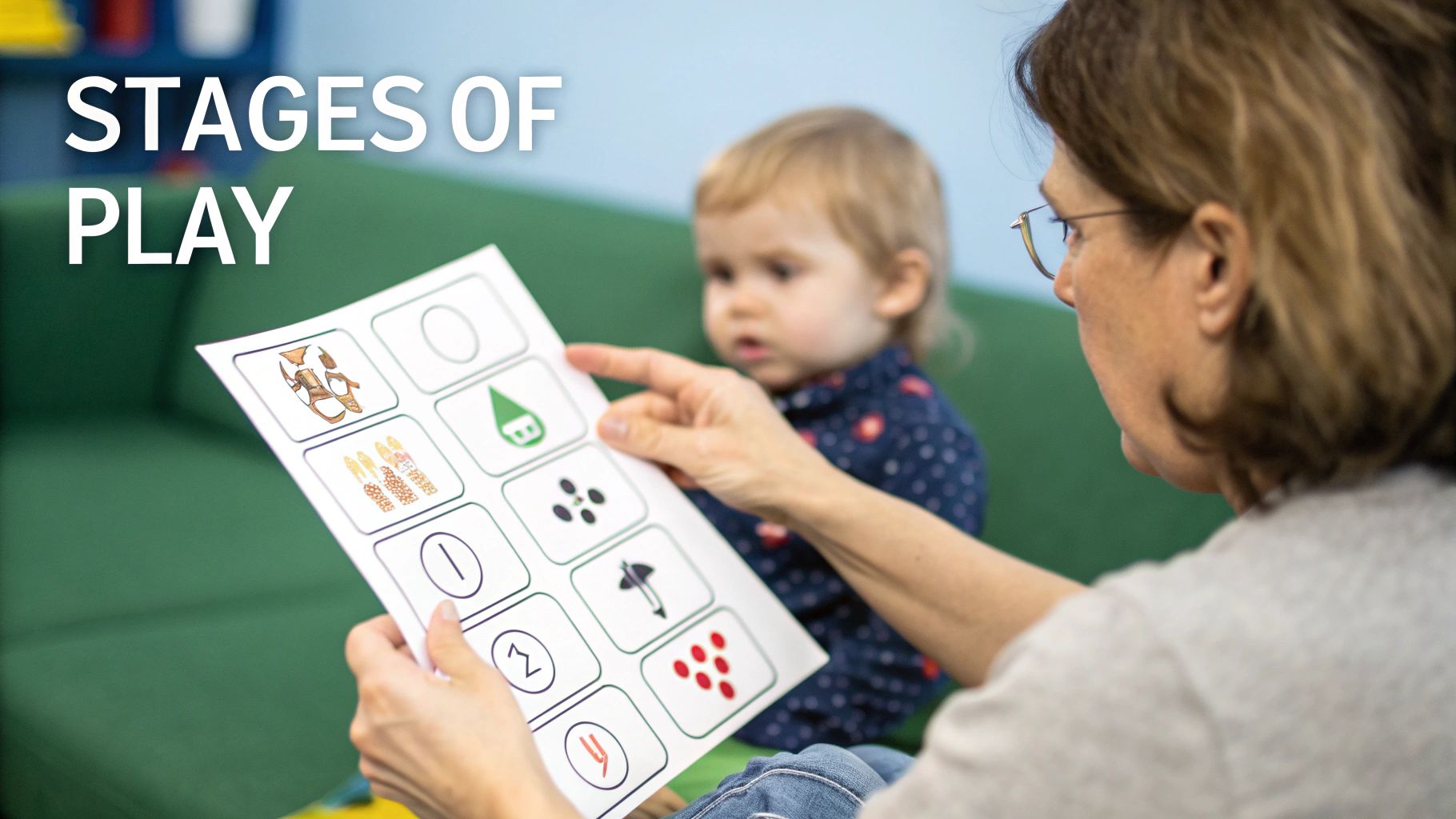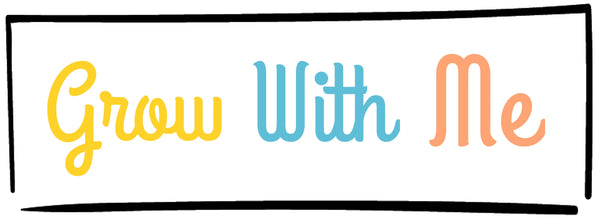
What is parallel play and why it matters for toddlers
Share
Parallel play often looks like two worlds running in sync—each child fully absorbed in their own activity while side by side with a friend. Imagine two toddlers in a sandpit, each digging with their own spade and bucket. They’re aware of one another but completely immersed in their individual play. That’s parallel play.
What Parallel Play Looks Like In Real Life

Step into a playroom and you might find two little builders crafting towers from colourful blocks. They sit close together, occasionally glancing at each other, but never handing over a single piece. No shared blueprint. No joint effort. Just two budding architects working in parallel.
Key Features Of Parallel Play
- Children engage in similar activities side by side
- They often choose the same types of toys or materials
- There’s no shared goal or collaborative project
- Interaction is limited, though they’re aware of their peers
Typical Age Range
This playful stage tends to emerge around 18 months to three years old. Consider it a social rehearsal—kids learn by observing before they leap into full-on teamwork.
Building Blocks Of Development
As they build, draw or roll cars next to one another, they’re quietly mastering social cues and refining their dexterity. For ideas on activities that strengthen hand–eye coordination, check out our guide to fine motor skills development activities. Understanding parallel play helps you celebrate these small but meaningful steps toward confident, cooperative play.
When Does Parallel Play Actually Start?
You’ll typically start noticing parallel play emerge when your little one is somewhere between 18 months and 3 years old. It’s a huge milestone in their social development, acting as a bridge from the solitary world of an infant to the more complicated social circles of childhood.
Before this, a baby is usually quite happy playing on their own. But as they hit toddlerhood, a new social curiosity kicks in. They start wanting to be around other children, even if they haven't quite figured out how to play with them just yet.
This shift is a completely healthy and natural part of growing up. It shows they're moving from simply being aware of others to actively learning from them, laying the groundwork for future friendships and teamwork.
From Playing Alone to Playing Together
Think of your child's social skills as a ladder. Parallel play is a crucial step that helps them climb from playing by themselves to eventually sharing adventures with friends.
Here's how it generally unfolds:
- Solitary Play (0-2 years): Your child is completely absorbed in their own world and their own toys.
- Parallel Play (2-3+ years): They play alongside other kids, often watching and copying what they do.
- Associative & Cooperative Play (3-4+ years): This is when they start to properly interact, share toys, and work together on a shared goal.
It’s so important to remember that every child hits these stages at their own pace. Seeing your toddler engaged in parallel play is a fantastic sign that they’re building the confidence they'll need for more complex social relationships down the line.
During this observational phase, children pick up on vital social cues. They might see another child get excited when they finish a block tower or cry when it tumbles down, which is how they begin to develop a real sense of empathy.
Early years experts in the UK view parallel play as a cornerstone for building social skills. Children aren’t just doing their own thing; they're studying their peers, learning about sharing, personal space, and emotional reactions, all from a comfortable distance. You can learn more about how this stage benefits your child from the specialists at the NAPA Centre.
The Hidden Benefits of Playing Side by Side
You might look over at two toddlers playing near each other and think they're in their own little worlds. And in a way, they are. But this quiet, side-by-side activity, known as parallel play, is actually a powerhouse for development. It’s where some of the most crucial social and emotional skills are built, all without a single word being exchanged.
Think of it as a social laboratory. Each child is a little scientist, observing the unspoken rules of engagement. They're picking up on personal space, the rhythm of taking turns, and how others express frustration or joy. It’s a masterclass in social learning, all done through observation.
This stage also does wonders for their concentration. A child learns to stay focused on their own tower of blocks while still being aware of the friend next to them. This simple act lays the foundation for the independent focus they'll need at nursery and, eventually, in the classroom.
- Learning Body Language: They see a friend’s shoulders slump in frustration or their face light up with success, and they start to build the foundations of empathy.
- Practising Self-Regulation: By watching how others handle a tricky puzzle or a toppling tower, toddlers get a chance to model and manage their own big feelings.
- Building Focus and Resilience: Juggling their attention between their own toys and what a peer is doing helps to strengthen their ability to concentrate and stick with a task.
The journey through parallel play is a clear progression of observing, learning, and then practising new skills.

As you can see, children move from simply Observing to actively Practising what they've learned, showing how this side-by-side play is a catalyst for real social growth.
Key Social Skills Children Develop
During parallel play, children become little detectives of social cues. They start to sense when a friend might need a bit more space or is getting upset, all without needing an adult to point it out.
They also get a feel for respecting boundaries. Playing close enough to share the experience, but not so close as to crowd someone, is a delicate balance. Mastering this understanding of personal space is absolutely vital for navigating group settings later on.
Empathy truly starts to blossom here. When a toddler sees a peer express a strong emotion, they process it and respond internally. This is the rehearsal before the main event: genuine cooperative play.
Parallel play is much more than just solo fun; it’s a dress rehearsal for the collaboration, empathy, and friendship that will define their social world.
The importance of play is so well-recognised that it's embedded in UK educational policy. In fact, back in 2010, Wales became the first country in the world to make a child’s right to play a legal guarantee. This means that children from 3 to 16 are ensured time to play every single day. You can read more about the research behind this in the Power of Play report.
How Parents Can Support This Stage
It’s surprisingly easy to create a space at home that nurtures parallel play. The key is to reduce potential conflicts and make it easy for children to simply exist alongside one another.
- Set up "duplication stations": Try putting out two sets of blocks, two easels with art supplies, or two bowls of play-doh. Having identical toys removes the competition.
- Designate comfortable play zones: A couple of cosy corners or separate rugs can create a sense of personal space while still being in a shared area. This takes the pressure off direct interaction.
These simple strategies help children feel secure and confident in their own play, all while soaking up invaluable lessons from the peer right next to them.
Ultimately, parallel play is the bridge to true cooperative play. It sets the stage for teamwork, builds empathy, and helps form the lasting friendships that will carry them through school and beyond.
How to Recognise the Different Stages of Play

Watching your little one play can sometimes feel like a mystery. What are they thinking? Why aren't they playing with the other children? It all becomes much clearer when you realise play has its own developmental ladder, with distinct rungs they climb at their own pace.
Just as a baby learns to roll over before they can crawl, children move through different phases of social interaction during playtime. Understanding these stages helps you see the bigger picture and appreciate exactly where your child is on their unique journey. It's not just random behaviour; it’s a beautiful, natural progression.
This whole idea was first explored by sociologist Mildred Parten way back in 1929, and her insights into the six stages of play are still incredibly helpful for parents today.
Each stage of play is a stepping stone. A child masters one level of social interaction before they feel ready to move on to the next, building confidence along the way.
Once you can recognise these steps, you can celebrate each one. You’ll see that what might look like your child ignoring others is actually them building a vital foundation for making friends and working as a team later on.
The Six Stages of Social Play in Children
To help you see this journey in action, we've put together a simple guide to the developmental stages of play. This table makes it easy to spot where your child might be and what amazing developments are just around the corner.
The Six Stages of Social Play in Children
| Stage of Play | Typical Age Range | Key Characteristics |
|---|---|---|
| Unoccupied Play | 0-3 months | Looks like random wiggles and kicks. They're simply exploring how their own body moves without any real agenda. |
| Solitary Play | 0-2 years | Your child is completely absorbed in their own little world, playing alone with their toys and showing no real interest in others. |
| Onlooker Play | Around 2 years | They'll watch other children play with intense focus but won't try to join in. Think of it as active, observational learning. |
| Parallel Play | 2+ years | This is the "side-by-side" stage. Children play alongside one another, often with similar toys, but don't directly interact. |
| Associative Play | 3-4 years | You'll start to see interaction here. They might share toys or chat, but they aren't working together on a single, shared goal. |
| Cooperative Play | 4+ years | This is true teamwork! Children play together, taking on roles, following rules, and collaborating to achieve a common objective. |
As you can see, each stage builds beautifully on the last. It’s a clear and logical path towards becoming a social, cooperative little person.
Having the right playthings can make a huge difference as they navigate these stages. You can learn more about choosing the best developmental toys for toddlers to give them the support they need.
Practical Ways to Encourage Parallel Play

It’s one thing to understand the theory behind what is parallel play, but creating an environment where it can actually happen is another story. The great news is, you don’t need to be a play guru to get it right. Your job is more of a gentle guide than a director, simply setting the stage for positive, low-pressure play.
The real trick is to head off potential conflicts before they even begin. Toddlers are just getting their heads around concepts like sharing and ownership, so having plenty of toys to go around is a game-changer. It gets rid of that “scarcity” mindset that so often ends in tears over one prized toy.
The best thing you can do to support this stage is to create a calm, well-resourced space. This frees children up to watch and learn from one another, rather than competing over toys.
With a little bit of thoughtful setup, you can empower your child to build social confidence naturally and at their own pace.
Set Up Duplication Stations
One of the easiest and most effective ways to avoid toy-related meltdowns is to simply have more than one of the good stuff. Instead of a single box of building blocks, try putting out two separate piles. If it’s colouring time, make sure there are two sets of crayons and stacks of paper. This isn't about spoiling them; it’s about removing the hurdles that get in the way of peaceful play.
- Offer similar toys: Provide a few sets of popular items like blocks, toy cars, or dolls.
- Create personal zones: Small rugs or play mats can give each child a subtle sense of their own space.
- Keep it calm: An inviting, uncluttered play area helps prevent toddlers from feeling overstimulated.
Model and Narrate From a Distance
When a squabble does break out—and it absolutely will—try to resist the urge to jump in and solve it for them immediately. A great technique is to act as a narrator for what’s happening. You might say, "I see you both want the red car. Tom is playing with it right now." This simple act validates their feelings without taking over, gently introducing the idea of taking turns.
For more brilliant strategies to help your little one flourish, check out this article on the 5 ways to help children thrive. On top of that, bringing in activities that engage the senses can be a wonderful way for children to play side-by-side. You can find some fantastic sensory play ideas for toddlers that are perfect for this stage of development.
Why Modern Education Needs More Playtime
When you trace a line from parallel play all the way to long-term success, you uncover a glaring truth about modern education: our kids desperately need more time for unstructured play. The very skills toddlers start building while playing alongside their peers—things like resilience, social awareness, and self-regulation—are the same ones they need to flourish in a hectic classroom.
Play isn’t just a break from learning. It is the work of childhood.
Sadly, the time available for this crucial work is disappearing. There's a worrying trend in the UK where school break times are steadily being chipped away. This squeeze means fewer opportunities for children to practise the social and emotional skills they first began to explore during play stages like parallel play.
It's in these unstructured moments that children figure out how to navigate friendships, sort out small squabbles, and build the social confidence that's so essential for both academic success and lifelong mental health.
The evidence is clear, yet recent findings are quite alarming. A detailed report showed that between 1995 and 2021, playtime for the youngest primary school children in England dropped by nearly two hours a week. You can read more about the State of Play report to see the full picture.
The need for unstructured playtime goes well beyond just one developmental stage. It’s also about understanding why children with ADHD need more opportunities for play to support their unique development.
Fighting for more playtime isn't about demanding less education. It’s about pushing for a smarter, more complete, and healthier way for our children to learn and grow into well-rounded people.
Got Questions? We’ve Got Answers
It’s completely normal for parents to have a few questions (and maybe a little worry) when they first see their toddler playing next to another child, but not with them. Let's clear up some of the most common ones so you can feel confident about this brilliant stage of development.
Is It a Problem If My Child Only Ever Plays Like This?
Honestly? Not at all. For toddlers, especially those between 18 months and three years old, this is exactly what they should be doing. It’s a healthy, crucial step on their social journey. The only time you might want to observe more closely is if an older child, say four or over, consistently seems unable or unwilling to try more interactive forms of play.
How Is This Different from Just Playing Alone?
The secret ingredient here is awareness. When a child is in solitary play, they’re totally lost in their own little bubble. But during parallel play, they've made a conscious choice to be near another person.
Think of it as social learning from a safe distance. They are watching, listening, and absorbing social cues, all without the pressure of direct interaction. It’s the difference between being alone in a room and being in a coffee shop, enjoying your own book while still being part of the gentle hum of activity around you.
This is a classic parallel play scenario and a perfect teaching moment. Resist solving it immediately. Instead, step in as a gentle guide and narrator.
This teaches patience and the concept of sharing.
At Grow With Me, we design play kits that support every developmental stage, from solitary exploration to cooperative adventures. Discover toys that grow with your child.
